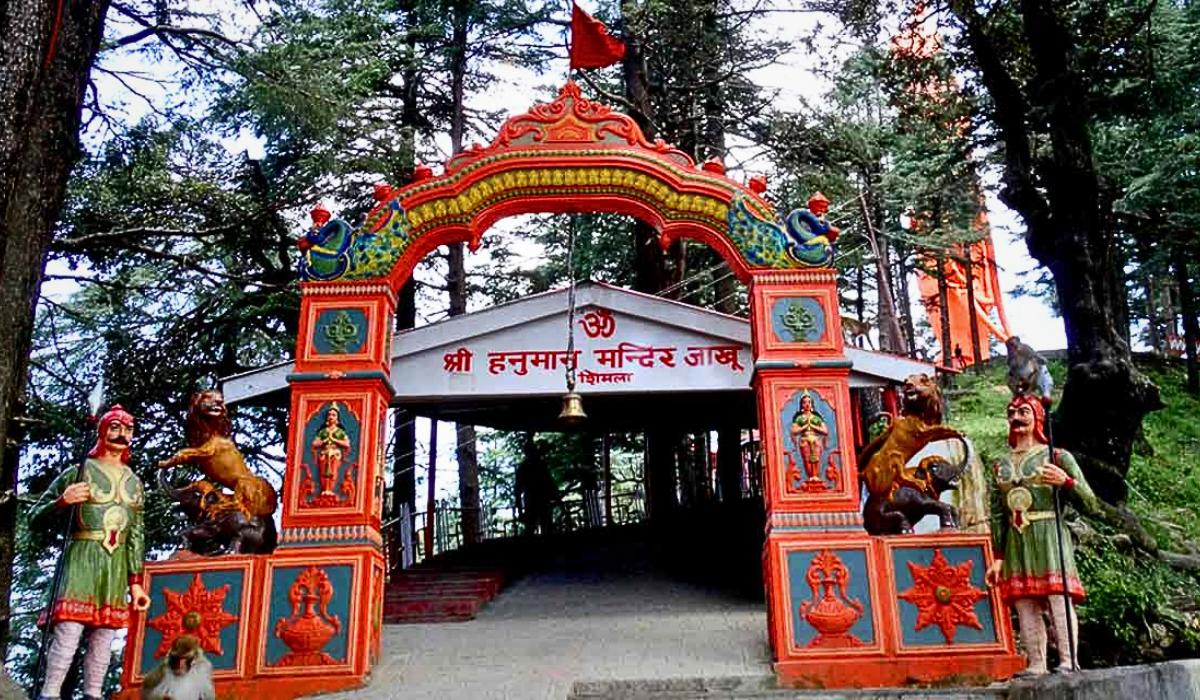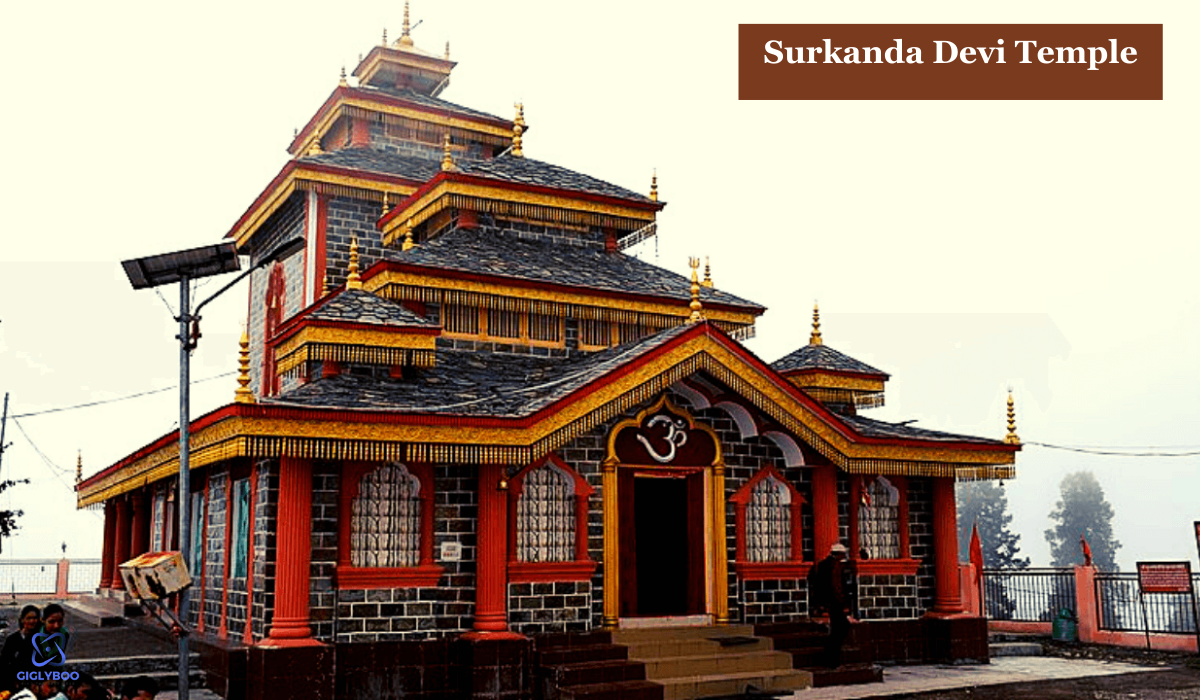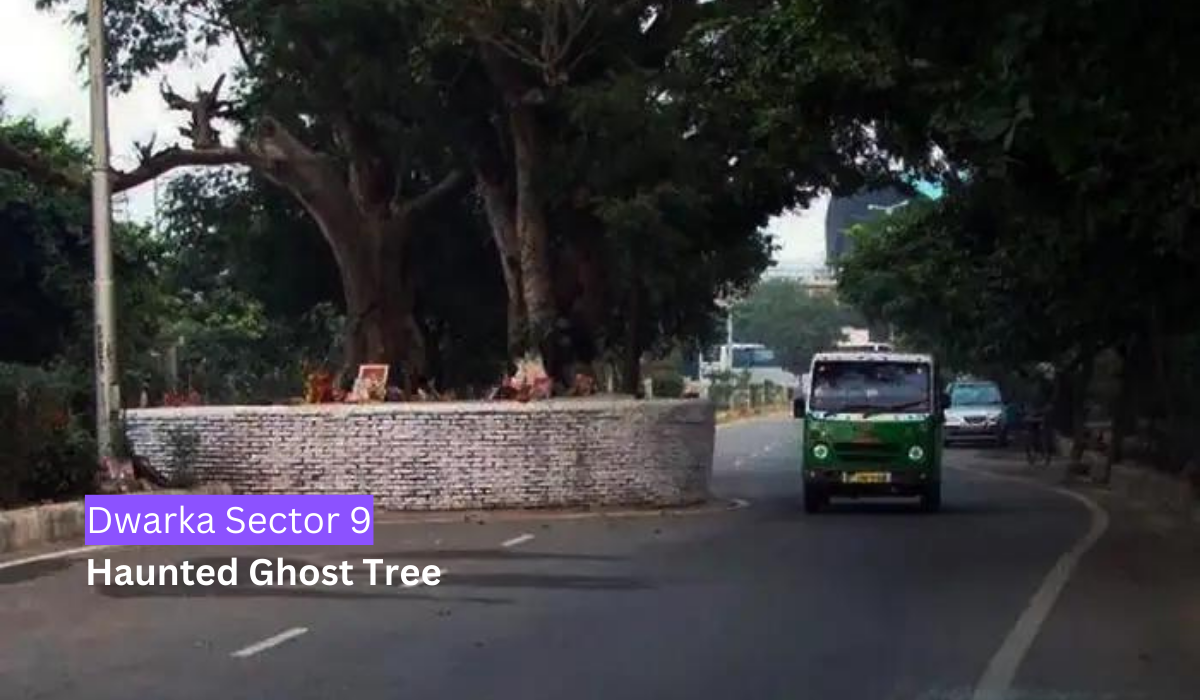
In a strategic move to tackle worsening traffic congestion and promote sustainable transportation, the Himachal Pradesh government has unveiled plans for the ambitious Shimla Ropeway Project. This groundbreaking initiative, set to be the enlarged urban ropeway in India, aims to revolutionize urban transportation in the picturesque city of Shimla.
The Shimla Ropeway Project spans an impressive 13.55 kilometers, with 13 strategically located stations aimed at easing traffic hotspots & contributing to the city’s sustainable development. The selected stations, including Taradevi, Judicial Complex Chakkar, Tutikandi Parking, New ISBT, Railway Station, Old ISBT Shimla, Lift, Secretariat, Chhota Shimla, Nav-Bahar, Sanjauli, IGMC, Ice Skating Rink, Victory Tunnel & 103 Tunnel, have been carefully chosen to optimize convenience.
The New Development Bank is set to fund the project, which has an estimated outlay of Rs 1,555 crore. Deputy Chief Minister Mukesh Agnihotri highlighted the eco-friendly nature of the ropeway, emphasizing its role as a visionary solution to decongest the city & provide a sustainable mode of commuting for the next 40 years.
The BRICS Bank, National Development Bank, and the Central government have finalized the tri-party agreement, outlining a funding structure that includes 72 % as a grant in aid, 8% as a shared loan, and the state government contributing 20% as state equity. Construction is set to commence in October 2024, with expectations for completing the first phase within two & a half years & the entire project within five years.
The passenger ropeway is poised to initially feature 220 cabins, each accommodating 8-10 persons, with plans to raise this capacity to 660 over time. Agnihotri highlighted the project’s commitment to innovation, stating that the ropeway will provide a nominal fare, ensuring accessibility for the common people while adhering to world-class safety standards.
Shimla, celebrated for its natural beauty and colonial charm, has been grappling with mounting traffic congestion, impacting both residents and the growing number of tourists. The Shimla Ropeway Project emerges as a sustainable solution, aiming to alleviate traffic snarls and preserve the city’s green cover.
Deputy Chief Minister Mukesh Agnihotri concluded the announcement by expressing the government’s broader vision, revealing, “We, as a government, have set the target of having the longest passenger ropeway in India, and we are also actively exploring the possibility of constructing a 38-km ropeway from Parwanoo to Shimla.” As the Shimla Ropeway Project heralds a new era in urban transportation, it positions itself to shape the city’s coming time actively. This transformative project is ready to enhance the quality of life for residents and raise Shimla’s status as a model for sustainable urban development.
Stay with Giglyboo! Keep supporting.








